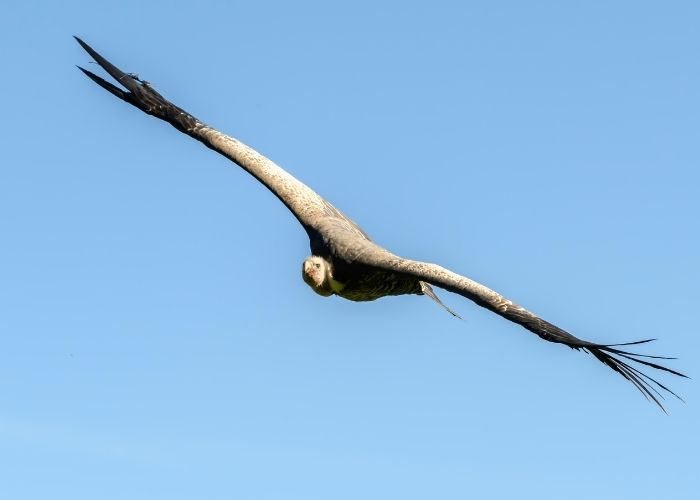The consequences of climate change become painfully clear when looking at the changing behaviour of birds. Experts from the University of Málaga and SEO/Birdlife talk abour bird species that have changed habitats to survive.
The changing behaviour of birds is one of the first alarm bells to ring when it comes to global warming, according to experts. Millions of birds have changed habitats and habits in recent years. For example, the gray bulbul, the house swift, and the rüppell vulture have become increasingly common in the south of Spain in recent years; Storks and swallows travel less and less often to Africa, while the beaned goose remains in the northern part of Europe and hardly migrates to Spain.
Due to the changing habits of dozens of bird species, these animals try to adapt to the new temperatures caused by climate change, says professor Antonio Román-Muñoz of the University of Málaga.
New bird species in Spain due to warmer Africa
According to SEO/Birdlife, this phenomenon has both advantages and disadvantages. In Spain, for example, new bird species have been added over the past 20 years that settle and reproduce here. Birds that previously thrived in the warm temperatures of the Sahel, for example, have now made the crossing to Spain because a rise of just one or one and a half degrees there was too much for them to survive.
At the same time, the same warm temperatures in the Sahel mean that more than 80% of the storks in Spain and Central Europe no longer make the crossing to Africa or at most reach Morocco.
Declining bird populations in Spain due to famine
The same goes for swallows, of which only some still fly to Africa at the end of the summer but come back early because the spring-like temperatures here are felt earlier every year. The disadvantage of this is that in early spring there are still too few insects for them, causing them to die because they have too little to eat. For this reason, this species has declined by a third in the past 10 years.
Disappearing snow and increasing rain threaten the survival of the ptarmigan
The ptarmigan also has a hard time in the Pyrenees. The disappearance of the amount of snow at certain elevations makes this species an easier target for enemies. The increasing precipitation in this area also means that an important part of the young ptarmigan does not make it, so that the stable population of this species cannot be guaranteed.
Winters that are too warm keep the bean goose away from Spain
Finally, SEO/BirdLife mentions the disappearance of the beaned goose from Spain. Until 1950, this species still regularly wintered in the north of Spain, but the milder winters mean considerably fewer bee geese in Spain. This species generally stays in northern Europe where there is plenty of food.


